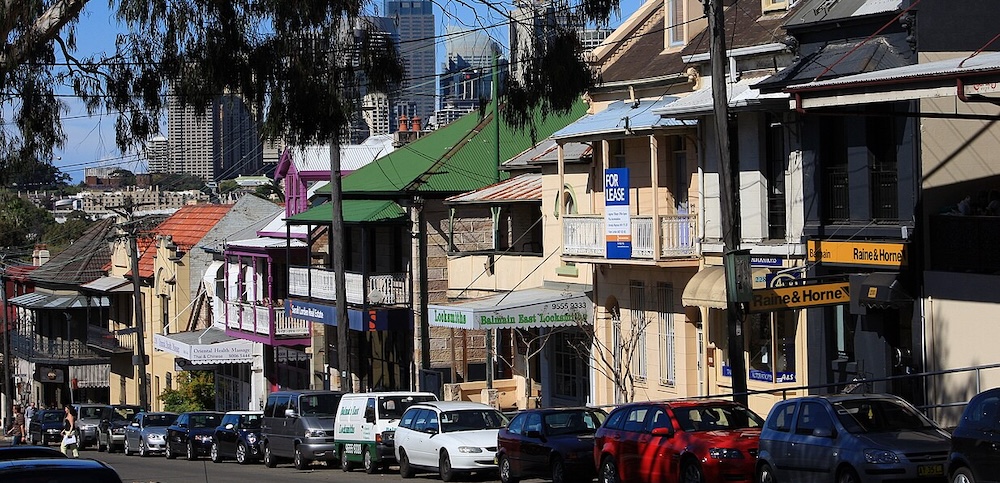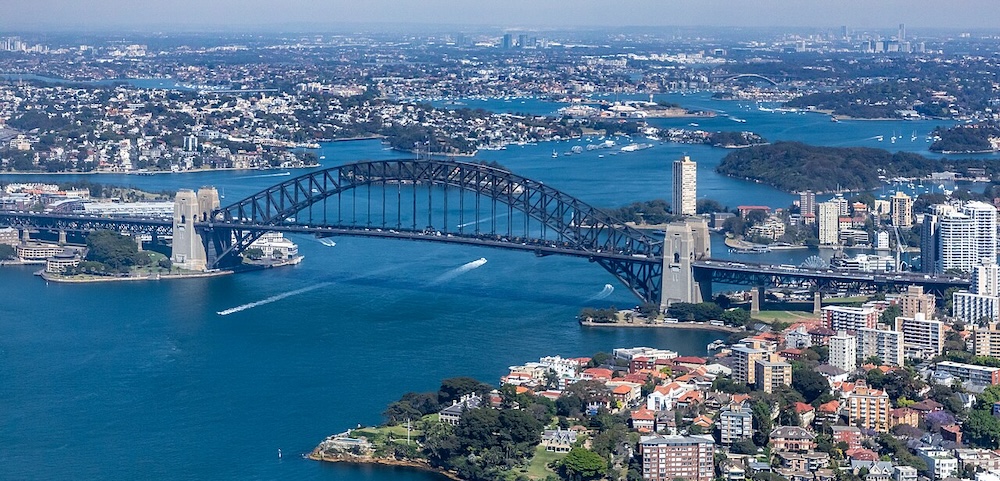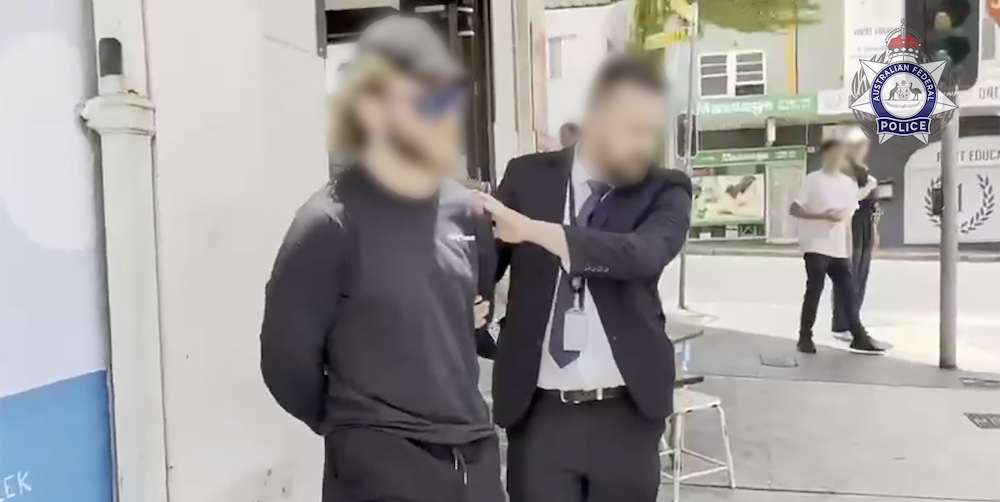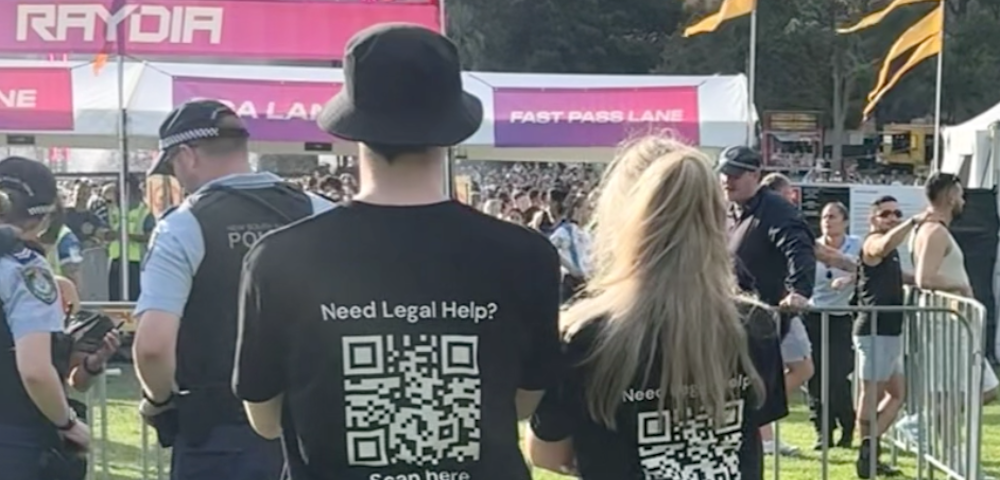
Residents Weigh In On Kobi Shetty’s New Bill To Lower Local Speed Limits To 30 km/h

Balmain MLC Kobi Shetty has tabled a bill to lower speed limits on many local streets to 30 kilometres per hour, amidst wide-ranging public opinion and the City of Sydney’s support.
Under the bill, the default speed limit for urban streets would be reduced from 50 km/h to 30 km/h. The highest permissible speed limit on any stretch designated as a “High Pedestrian Activity Area” or “Local Traffic Area” would be the same.
This default limit applies to streets without signposting which are located in built-up areas of New South Wales. Any street with a speed limit sign would not be impacted.
A period of 12 months from the bill’s passage would allow local authorities to designate alternative speed limits on streets, rather than have the default limit continue to apply.
Lower speeds make streets “more liveable”
Shetty, the Greens’ Spokesperson on Active Transport and Sustainable Cities, said that there is “strong support from a broad range of health, safety, and transport experts who have come together to tell the Government what communities already know: safer speeds make our streets calmer, safer, and more liveable.”
“It’s clear that more needs to be done to make our streets safer, with figures released in August showing we’re on track for the highest number of road deaths in 15 years.”
She said that a person struck by a vehicle at 50 km/h has just a 10 percent chance of survival, compared to 90 percent at 30 km/h. “How many more people need to be killed or live with life-altering injuries before the NSW Government takes this issue seriously?”
“If it’s good enough for Spain, Wales, Bogotá and Ho Chi Minh City to adopt 30 km/h limits on local streets, it’s good enough for us. Here in Australia, we’ve seen successful examples in Victoria including the City of Yarra. NSW risks being left behind unless urgent change is made.”
The City of Perth just voted to reduce speeds one step short of that, to 40 km/h, on some streets.
Opinions on speed limits vary
Suburban speed limits, and the question of what should be done with busy streets, invite varied opinion. One motorist told the City Hub that he was against the proposal. “For high pedestrian areas, the 40km/h speed limit, I feel, is appropriate.”
School teacher Angus McFadden thought that it “would be a good idea to transform some suburban streets – along with lowering the speeds in suburbs – into shared zones for bike and pedestrian traffic.”
Camperdown resident and University of Sydney student Ishtar Van Looy believed that existing restrictions are too high. “I have never felt safe in a car driven by someone going above 40 km/h on residential streets.”
City of Sydney supports lower limits
The City of Sydney is on board. Lord Mayor Clover Moore told this masthead that while a state responsibility, the City has been successful in advocating for lower limits.
“We have been working with Transport for NSW to progressively lower speed limits in our area. In 2004, just five percent of roads had the speed limit set to 40 km/h. Today, all local and regional roads we manage are now 40 km/h.”
“Lower speeds dramatically improve safety for all road users.” Moore said that pedestrians have a 40 percent risk of dying when hit by a car travelling at 40 km/h, dropping to 10 percent when the impact speed is 30 km/h.
She said that, as such, the City supports reducing the limit in areas with high pedestrian activity, including the central business district and village high streets. “Our position is a result of consultation with our communities, and it reflects their desire for safer, more productive and livable places.”
In 2023, a formal request was filed with Transport for NSW to lower the city centre limit to 30 km/h. However, the agency has not made progress with this, the Lord Mayor said.
“Tokyo, London and Paris have a 30 km/h limit to make their cities safe, vibrant and economically competitive.”
“It is particularly important as we grow our night-time economy, with research showing that vehicle speeds are often higher at night when there is less traffic.”
Slower speeds “the cornerstone” of liveable cities
Professor Jennifer Kent is the Senior Research Fellow in Urbanism at the Sydney School of Architecture, and a director of the University of Sydney research group TransportLab. She commented that, alongside “anyone else advocating for safe and sustainable cities,” she supports the bill.
“Slower speeds are simply the cornerstone of liveable urban environments, and Australia needs to catch up to the rest of the world before our road trauma stats start to echo the diabolical situation in the USA.”
Premier Chris Minns stated his opposition to lowering limits last year, arguing that doing so would conflict with Sydney’s “broader obligations” as a major international city, which he said go beyond local residents.










Leave a Reply